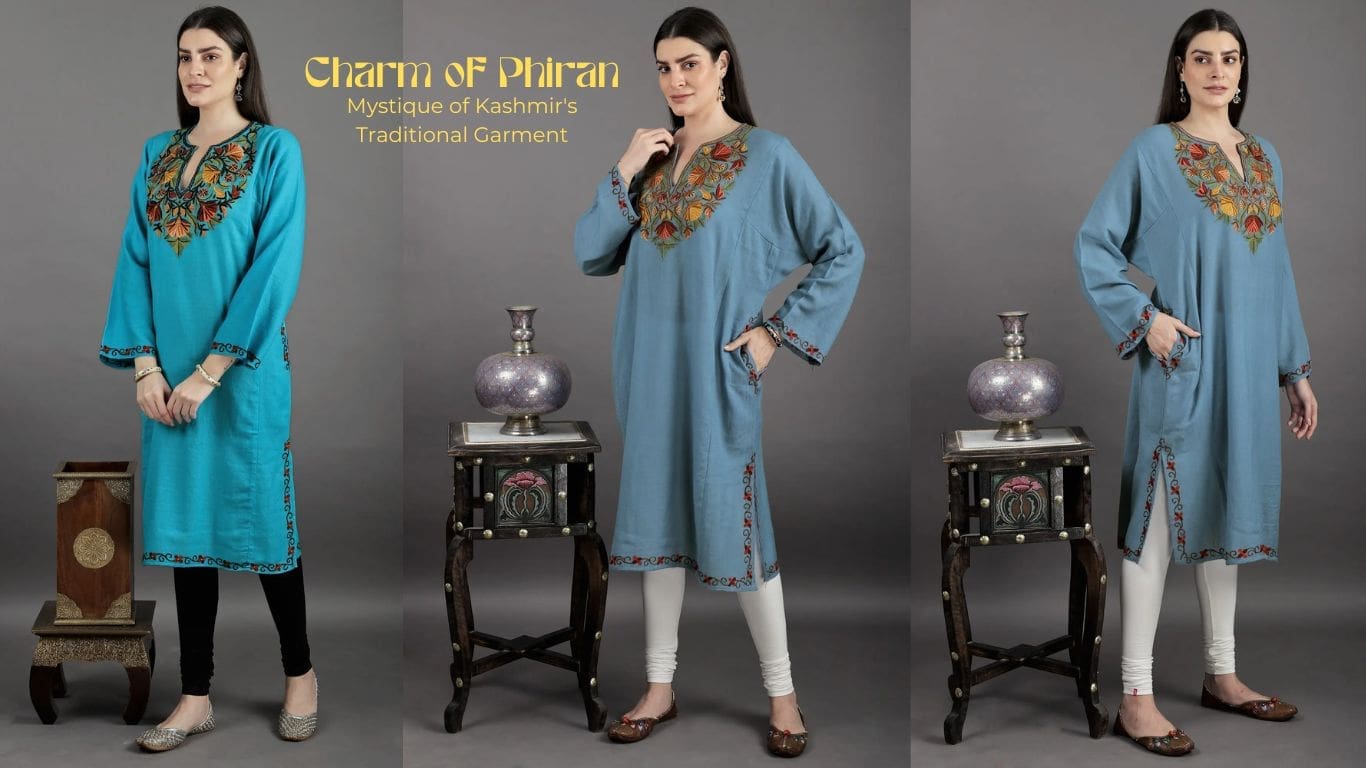Phiran, also known as Pheran or Firan, is a traditional garment that has been an integral part of Kashmiri culture for centuries. This warm and elegant attire has been a staple in the wardrobe of men, women, and children alike, providing a sense of comfort and identity in the harsh winters of the region. In this article, we will delve into the history, design, and significance of Phiran, exploring its evolution and the various ways it is worn today.
Origins and Significance
The word “Phiran” is believed to be derived from the Persian word “perahan,” meaning “shirt.” This traditional garment has been in vogue in Kashmir since before the 15th century, serving as a symbol of sांस्कृतिक विरासत (sांस्कृतिक = cultural, विरासत = heritage) and identity. Phiran is not just a piece of clothing but an expression of the region’s rich history and the people’s resilience in the face of adversity.
Design and Variations
Phiran is designed to keep the body warm in the cold winters of Kashmir. For women, it is available in both long and shorter versions, often made of pure wool with intricate hand embroidery. The embroidery is typically bright and multicolored, giving the garment an authentic Kashmiri touch. The phiran is usually loosely gathered at the sleeves without any side splits, making it a unique and stylish piece of clothing. This traditional attire is often paired with a dupatta, which is a long piece of fabric draped over the shoulder, adding a touch of elegance to the overall look.
Conclusion
Phiran is more than just a piece of clothing; it is a symbol of Kashmir’s rich cultural heritage and the people’s resilience in the face of adversity. Its unique design, intricate embroidery, and exceptional craftsmanship make it a prized possession for those who wear it. Whether worn for traditional or modern occasions, Phiran is a garment that exudes elegance, comfort, and a deep connection to the region’s history and culture.

